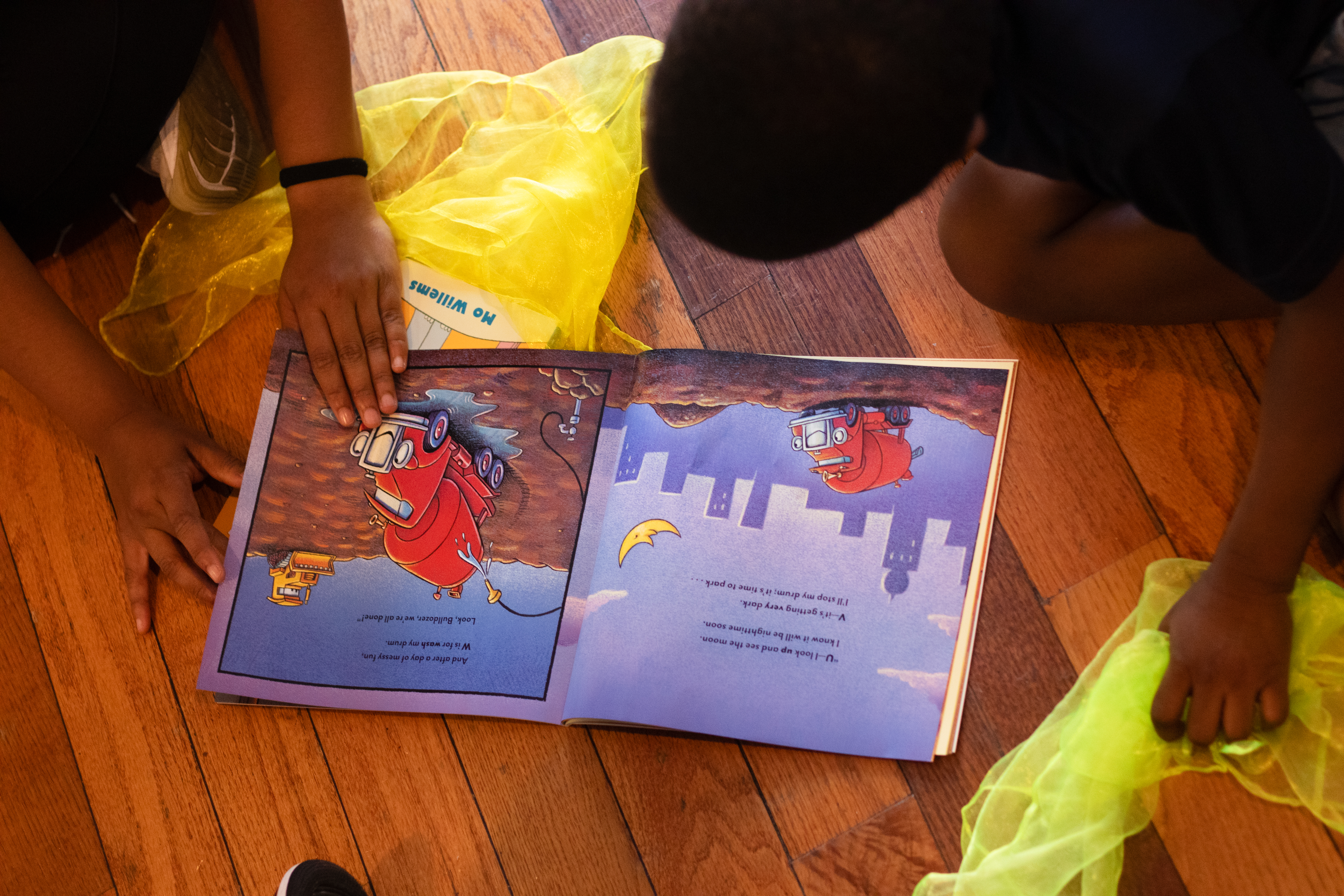Philadelphia’s Homicide Rate is Plummeting. Why Won’t the Narrative Change?
In 2024, Philadelphia’s homicide rate fell to its lowest level in a decade—a stunning 40% drop from the previous year and a sharp decline from the city’s recent high of 559 murders in 2021.
For years, Philadelphia has been cast as a city in crisis, a place where violent crime runs rampant. It’s a familiar refrain, echoed by politicians and well-paid right-wing pundits. But reality tells a different story.
In 2024, Philadelphia’s homicide rate fell to its lowest level in a decade—a stunning 40% drop from the previous year and a sharp decline from the city’s recent high of 559 murders in 2021.
This is a remarkable achievement, one that should be at the center of our national conversation about crime and public safety. But instead, the decline has been met with relative silence. The image of Philadelphia as a city besieged by violence persists, largely untouched by evidence.
Philadelphia’s drop in homicides didn’t happen by accident. It was the product of sustained, intentional work by local criminal justice groups, violence intervention organizations, and policy shifts within the district attorney’s office.
Organizations like the Anti-Violence Partnership of Philadelphia have been at the forefront of this effort, shifting from reactive responses to proactive intervention. They’ve focused on de-escalation, mentorship, and providing resources to those most at risk of committing or becoming victims of violent crime.
Moreover, the city’s participation in the MacArthur Foundation’s Safety and Justice Challenge has also played a role, in implementing reforms aimed at reducing jail populations while addressing racial disparities in the justice system. These are the kinds of initiatives that, despite their effectiveness, rarely make headlines.
At the same time, Philadelphia District Attorney Larry Krasner, a frequent target of tough-on-crime critics, has implemented policies that emphasize rehabilitation over incarceration for nonviolent offenders and prioritize resources for the city’s most serious crimes. Krasner, often painted as a radical, has actually overseen a period of declining violent crime. This raises an uncomfortable truth for his detractors: the idea that a progressive approach to criminal justice can coincide with—perhaps even contribute to—greater public safety.
Yet, despite all this, the dominant narrative about Philadelphia remains one of disorder. Conservative media outlets continue to depict the city as a cautionary tale, a failed experiment in progressive governance. Local news, which thrives on stories of violent crime, is often slow to adjust when the trend reverses.
But it’s not just ideological bias or sensationalism at play. Americans, particularly those outside of major cities, have been conditioned to believe that urban centers are inherently dangerous.
This is partly because violent crime, even as it declines, remains concentrated in certain neighborhoods, disproportionately affecting Black communities. For those living in areas where shootings and homicides have dropped, the difference is tangible. But for those whose understanding of the city comes from cable news or political talking points, the outdated perception lingers.
This isn’t just a Philadelphia problem. Cities across the country, from New York to Los Angeles, have also seen steep drops in violent crime in recent years. Yet, the perception of urban America as a lawless place persists. In 2024, violent crime decreased in nearly every major U.S. city, but the political discourse barely shifted. This disconnect between perception and reality has real consequences. It shapes policy decisions, influences elections, and justifies reactionary policing tactics that have historically done more harm than good.
Philadelphia’s success offers a few key takeaways. Investment in community-driven violence prevention works. Programs that provide resources, conflict mediation, and support for at-risk individuals have played a major role in reducing homicides. A data-driven approach to criminal justice—one that moves beyond punitive, carceral solutions—can be more effective in reducing crime than simply increasing arrests and jail sentences.
The way we talk about crime matters. If cities are repeatedly cast as hopeless cases, if the reality of falling crime rates is ignored in favor of political narratives, then we risk making policy decisions based on fear rather than facts. Public safety should not be a partisan issue. When crime falls, we should acknowledge it. When policies work, we should learn from them. Philadelphia’s story is one of progress, but only if we’re willing to tell it.





